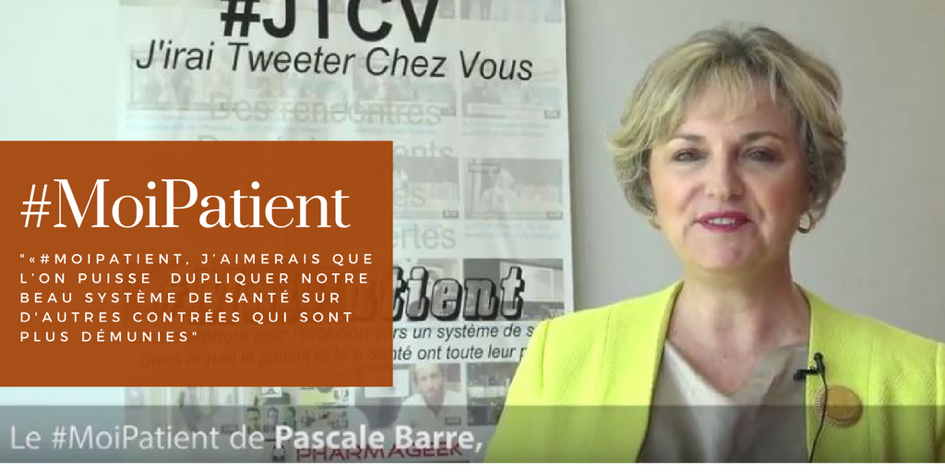Following Patients on Twitter « Mind On Medicine
23/09/2012Marisol Touraine dérembourse les pilules de troisième génération
24/09/2012Will technology enhance or undermine the provider-patient relationship and leave room for compassion?
A trusted doctor/patient relationship has been the cornerstone of medical practice.
« A trusted doctor/patient relationship has been the cornerstone of medical practice.
We know that it is important that physicians and other providers be responsive to patient’s needs, and that patients want compassionate care, not assembly-line repair.
Although exactly what patients want may be evolving; so much so, that doctor patient communication may affect outcomes, and may even enrich the placebo effect.
With the advent of new technology in healthcare, a recent post by well-known venture capitalist, Vinod Khosla, describing the power of algorithms to replace doctors spurred a lively debate.
The discussion continued at a panel entitled “Is technology changing the doctor-patient relationship? at the DHS at CES, moderated by Zachary Bujnoch, of Frost and Sullivan, with participation by Gene Frantz of Texas Instruments, William Reid of Numera and Alexandra Von Plato of Digitas Health.
The discussion included the three things we want-1.managing chronic disease, 2. predicting catastrophic disease and 3. allowing us to live at home at the end of life.
Other topics included using technology to enhance patient-centered telemedicine.
But it was a story by Alexandra Von Plato that captured the essence of the quandary for all of us.
We anxiously sit in our doctor’s office, waiting to tell our story to our magical healer. What we really want is someone to connect with us, touch us, and assure us that all is ok. Instead, we get a hurried physician who is so focused on data entry, that they cannot even make eye contact with us!
How can our magical healers use technology as a tool?
In health and wellness, we see this beginning to catch on.
The Center for Connected Health is finding that having someone watch us, may help us to stay on track.
And new companies, such as Avado, are using tech to streamline electronic communication and improve the doctor-patient relationship.
These are good examples of tech working behind the scenes (invisibly or transparently) as a tool.
But when we are sick, feeling vulnerable, needy and weak – we don’t want our healers to be machines like Watson- we crave compassion. As Alexandra’s story (in bold above) depicted, our technology will need to be seamless and transparent and take a back seat to the compassion we crave. »
See on drbonnie360.com



